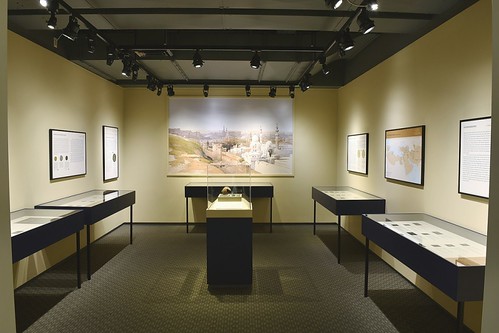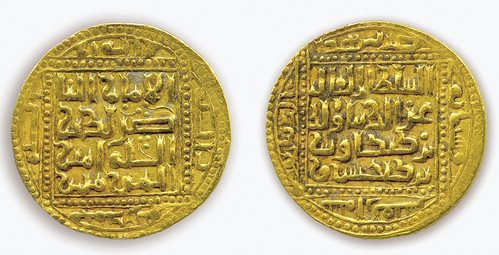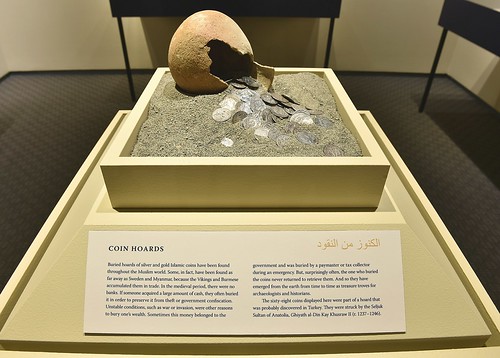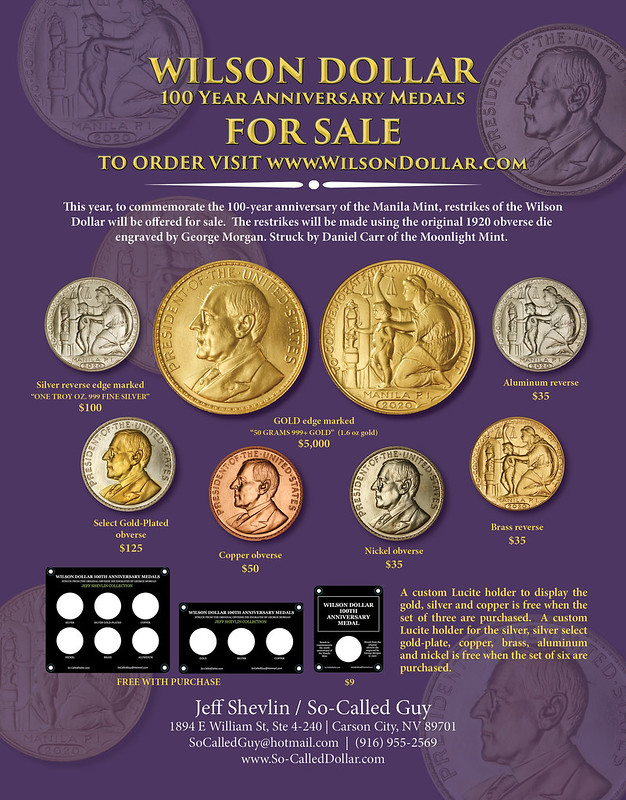
PREV ARTICLE
NEXT ARTICLE
FULL ISSUE
PREV FULL ISSUE
LEISER COLLECTION OF MEDIEVAL ISLAMIC COINSThere's a nice exhibit of Islamic coins at the Hallie Ford Museum of Art on Salem, OR. -Editor "Gold of the Caliphs: Medieval Islamic Coins from the Gary Leiser Collection of the Hallie Ford Museum of Art," now on view at the Hallie Ford Museum at Willamette University in Salem, Ore., reminds us that a passion to collect can grow into a lifetime of learning, and that collections offer special, sensory insights into history. Leiser's collection of Islamic coins, the largest of its kind on the West Coast, and the most comprehensive of its kind that is readily available to students and the public, illuminates not only the rise of the Islamic faith, but also the competition between the Islamic world (and the rivalries within it) and the Byzantine Empire as well as the cultural struggles of the Mongols as they sought to maintain control over the Islamic world once they had conquered the greater part of it in 1258 CE. Gary Leiser studied Arabic in Lebanon as an undergraduate. While there, he also traveled – hitchhiking mostly – through Syria, Jordan, Egypt, Libya and Tunisia. Thinking his would be an academic path, he began to haunt bazaars and antique shops, looking for coins that would serve as show-and-tell items in the classes he would teach. Fate had other plans, and Leiser ended up working for the US Department of Defense in Ankara, Turkey, as an interpreter and Air Force historian. Still, Leiser haunted the shops and his skill at reading Medieval Arabic inscriptions – inscriptions the shop owners often could not read – made him a collector to call when a new hoard appeared on the market. The Gary Leiser Collection is a lasting tribute to the academic that never was, a tribute that will do the teaching for him. In speaking with Leiser, I wondered why the early Islamic coins looked so much like the coins of Byzantium and Persia. The Hijaz, he informed me, where Islam was born, in western Arabia, had no coinage of its own. The people there used Byzantine and Persian coins. Thus, the first Islamic coins are imitations and their denominations are adaptations of Greek and Roman names: drachm becomes dirham; denarius becomes dinar; follis becomes fals. Despite this, the inscriptions on Islamic coins offer an opportunity for Baghdad, as Leiser puts it, to counter Constantinople. Coins become a medium for Islam to refute the Christian doctrine of the Trinity, reading, for example, "There is no god but God alone, He has no partner," or "God is one. God is eternal. He did not beget and He was not begotten." Later, when the rivalry shifts to Sunni against Shi'ite, coins announce and reflect the difference in their respective approaches to the faith. Under the Mongols, inscriptions on the first coins are in Arabic on one side and in Uighur – the written language adopted by the Mongols, who had none of their own – on the other. Still later, the inscriptions on the coins shift from Sunni to Shi'ite as the Khans, who converted to Islam, belonged to one or the other denomination, and as the Mongols sought to placate both branches and keep abreast of shifting ideological winds.
To read the complete article, see:
Wayne Homren, Editor The Numismatic Bibliomania Society is a non-profit organization promoting numismatic literature. See our web site at coinbooks.org. To submit items for publication in The E-Sylum, write to the Editor at this address: whomren@gmail.com To subscribe go to: https://my.binhost.com/lists/listinfo/esylum All Rights Reserved. NBS Home Page Contact the NBS webmaster 
|



